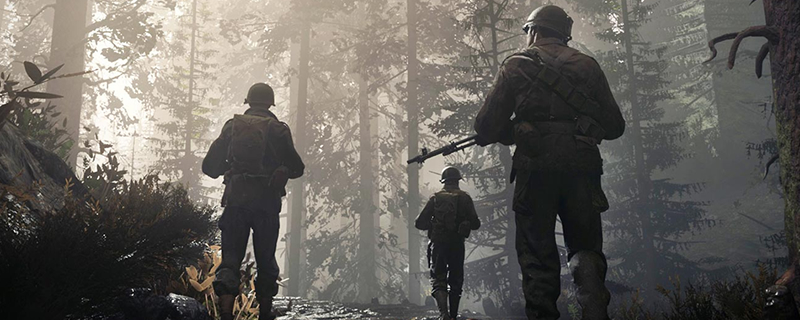Call of Duty: WWII PC Performance Review
ConclusionÂ
To put things simply, Call of Duty: WWII is a game of two halves, singleplayer and multiplayer. On Steam, both halves of the game are available as separate downloads and both contain their own separate graphical options menus, highlighting one simple fact, that both sides perform differently.Â
Yes, both sides use the same engine and most of the same assets, but as a general rule of thumb, the most demanding section of the campaign are far more demanding than the game’s multiplayer, which means that those who are looking at our testing can expect to see higher framerates in multiplayer. In most of our test matches, we found that our low framerate areas tended to be close to our campaign averages, showing a huge performance uplift in general online play.
In our testing, we chose a demanding in-game location, though it must be noted that many of the game’s mission start cutscenes are more demanding. We have chosen not to use these as such low framerates are not seen in actual gameplay. Stress testing is nice, but not at the expense of accurate, in-gameplay results. Less demanding maps will offer much higher framerates than our test scene, though the same thing can be said for most games.Â
When comparing both AMD and Nvidia hardware all we can really say is that for the most part both GPU makers fare well here, though AMD’s ageing R9 Fury X is again showing some issues making use of all of its compute performance. This has been shown in other recent releases, though the GPU can still achieve great performance here, users will just need to lower some of the game’s graphical quality settings.Â
From a CPU perspective, Call of Duty: WWII is pretty much CPU agnostic, with the game performing similarly on all of our tested CPU core configurations and models tested. The performance difference between Ryzen and Intel were minimal, with the game playing at high framerates on even our 2c/4th setup. This game shows no real preference to either AMD Ryzen or Intel. Â
The only GPUs that we really struggled to get running at over 60FPS was out older R9 380 and GTX 960 series GPUs, with their low amounts of VRAM forcing us to use lower resolution textures and their lack of GPU horsepower forcing us to run the game with a mixture of medium or low settings at 1080p. The more demanding nature of Call of Duty: WWII’s campaign can make 60FPS a little tricky in certain areas, though thankfully multiplayer has a lower barrier of entry in this regard. With GPUs like this sub-1080p resolutions might be preferable to lower graphical settings, perhaps a resolution of 900p, though the choice of graphical quality VS resolution will always be a personal preference.Â
Over the weekend we have played a lot of this game, finishing the game’s singleplayer campaign and playing a decent amount of online multiplayer. The campaign is easily the best the series has had to offer in quite a few years, with the removal of the game’s regenerating health system giving the campaign a very different feel to other recent additions to the series.Â
As a game, Call of Duty: WWII has a lot to offer, be its classic band of brothers story campaign, its Nazi Zombies multiplayer mode or its classic competitive multiplayer modes. I personally have not enjoyed a Call of Duty Campaign this much in years, though only time will tell how much lasting appeal Sledgehammer’s latest Call of Duty game will have within the PC market.Â
You can join the discussion on Call of Duty: WWII’s PC performance on the OC3D Forums.Â



